


The "magic mirror". (Photo/Guangzhou Daily)
“Seeing Sunlight” is a famous bronze mirror made during the Western Han Dynasty (202 B.C.–8 A.D.). It looks just like an ordinary bronze mirror; however, if the sun shines on its face and the reflected light is projected onto a wall, one can see the patterns and inscriptions on the back of the mirror appear in the projection as if through magic.
Ancient Chinese craftsmen produced such mirrors until the Song Dynasty (960 A.D.–1279 A.D.), when the method regrettably died out. Now, among the more than 10,000 bronze mirrors collected in the Shanghai Museum, only four can work such magic. All of the “magic mirrors” were made during Han Dynasty (202 B.C.–220 A.D.).
Over the past 1,000 years, numerous scholars have tried to solve the mystery of the mirror. However, no one was able to produce a mirror that worked like “Seeing Sunlight.”
It was only in the past 20 years that Chinese scientists finally managed to solve the mystery. The part of the mirror containing the patterns and inscriptions is thicker than the part without. That unevenness causes elastic deformation when the mirror is cast. The difference in curvature between the thick and thin parts is extremely small—only several micrometers, which the naked eye cannot discern. Nevertheless, when sun shines on the mirror’s face, the reflected light at the parts with larger curvature is more dispersed, meaning that the projection is darker. The reflected light at the parts with smaller curvature is more concentrated, meaning that the projection is brighter. That’s why we can see the patterns and inscriptions in the projection, almost as though the mirror were transparent.
 French girl ties the knot with Chinese boy
French girl ties the knot with Chinese boy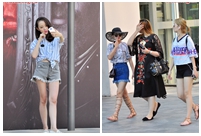 Beijing Style: Hot pants
Beijing Style: Hot pants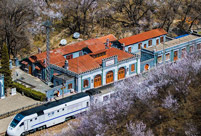 Century-old station sees railyway evolution
Century-old station sees railyway evolution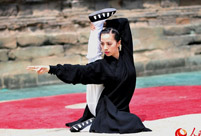 Enthusiasts perform Kung Fu at Wudang Mountain
Enthusiasts perform Kung Fu at Wudang Mountain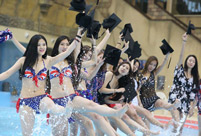 Students take stylish bikini graduations photos
Students take stylish bikini graduations photos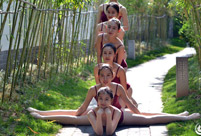 Charming dancing students pose for graduation photos
Charming dancing students pose for graduation photos China opens its first combined transport service to Nepal
China opens its first combined transport service to Nepal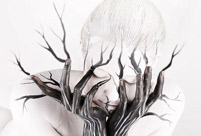 Naked models transformed into landscapes, birds and even DRAGONS by body painting artist
Naked models transformed into landscapes, birds and even DRAGONS by body painting artist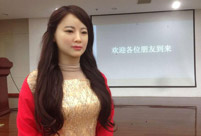 China's first interactive robot looks like a beauty
China's first interactive robot looks like a beauty Top 20 hottest women in the world in 2014
Top 20 hottest women in the world in 2014 Top 10 hardest languages to learn
Top 10 hardest languages to learn 10 Chinese female stars with most beautiful faces
10 Chinese female stars with most beautiful faces China’s Top 10 Unique Bridges, Highways and Roads
China’s Top 10 Unique Bridges, Highways and Roads Citizens of the world
Citizens of the world Gaokao cheaters to face criminal charges
Gaokao cheaters to face criminal charges ‘No fear of trouble’ in S.China Sea top PLA official
‘No fear of trouble’ in S.China Sea top PLA official New Chinese TV series breaks nation’s silence on the Korean War
New Chinese TV series breaks nation’s silence on the Korean WarDay|Week